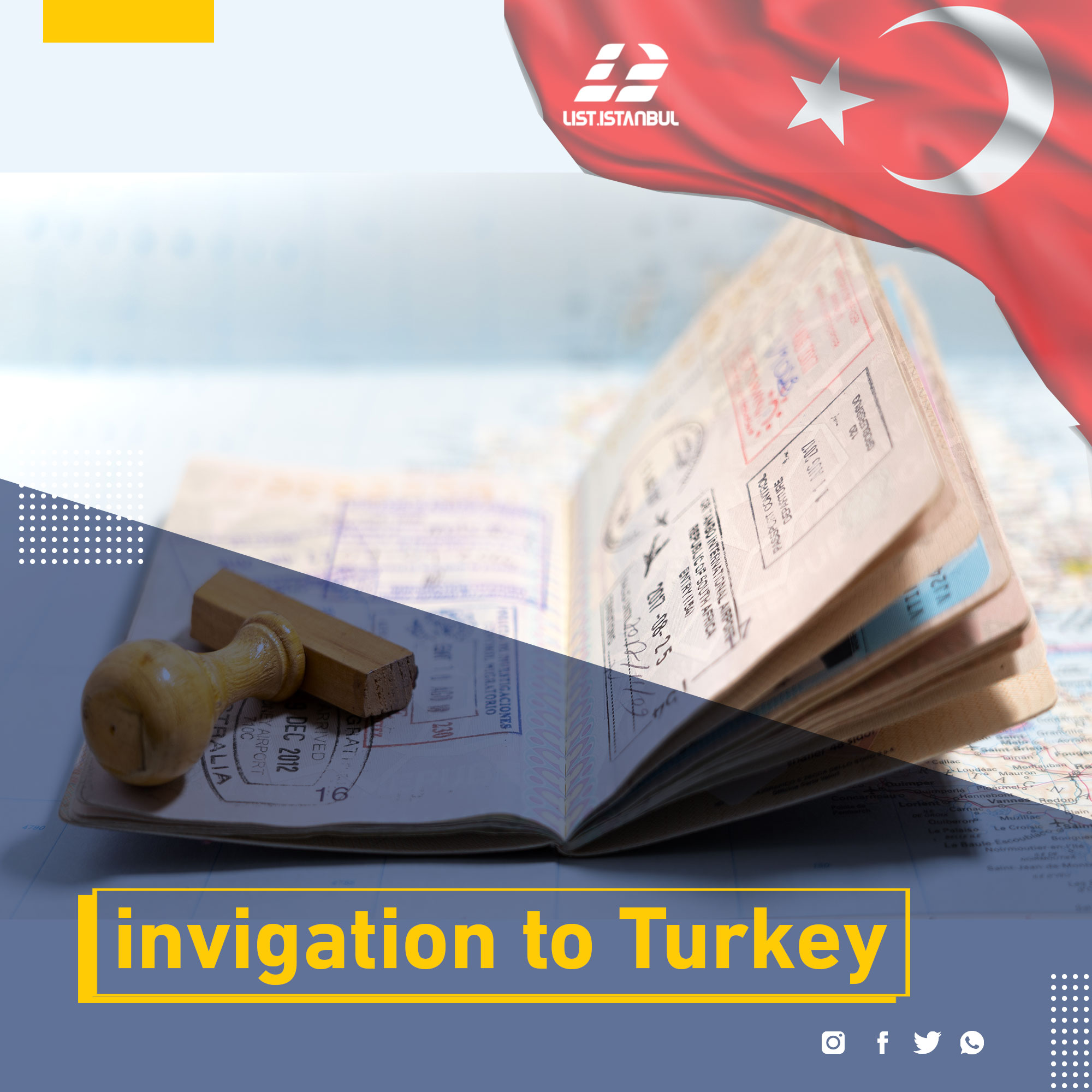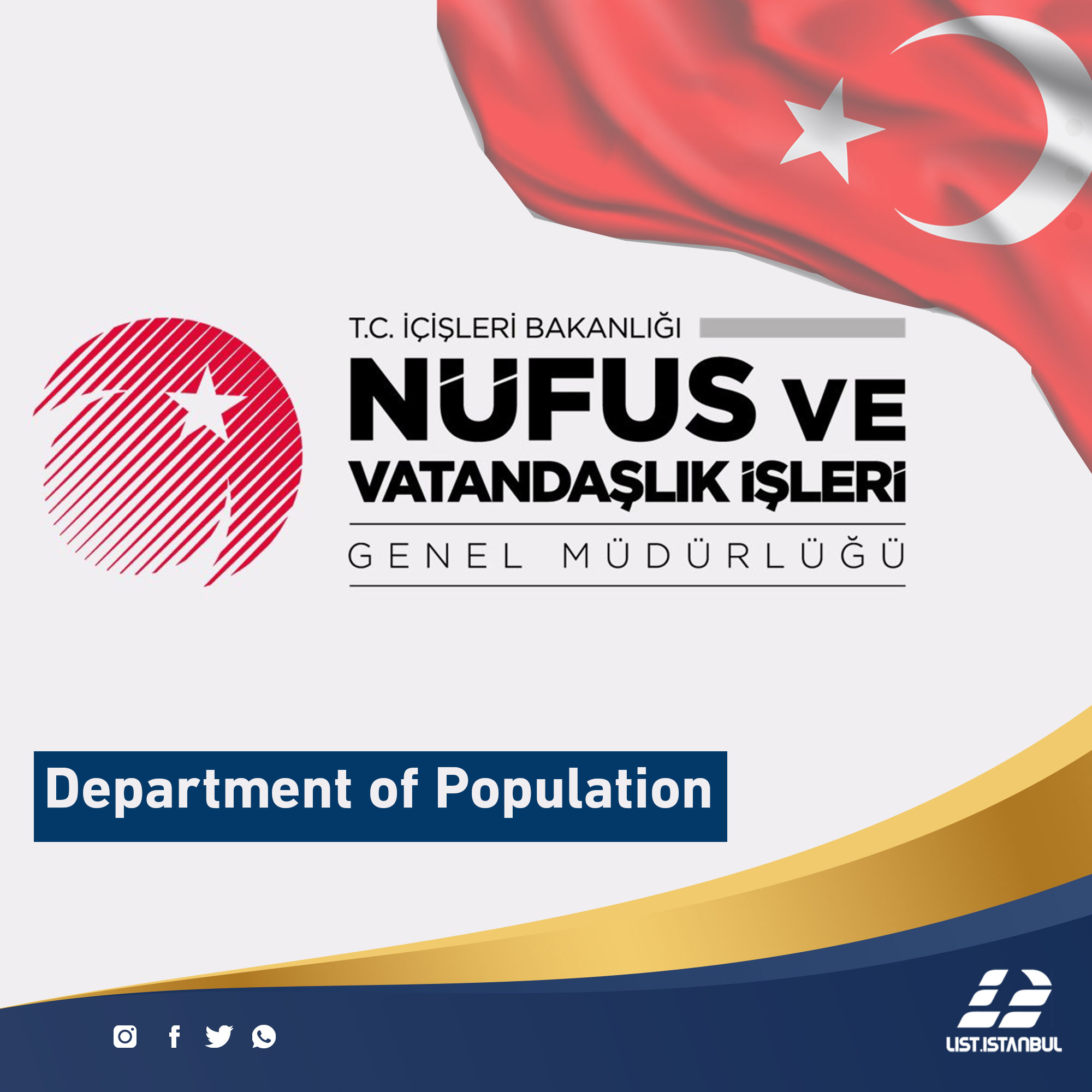The museum, which contains a valuable collection of Turkish Islamic monuments, has hosted visitors since its transfer to the historic Ibrahim Pasha Palace in the Sultanahmet district of Al Fateh Province in the European section of Istanbul since 1983. Where it was first established in 1914 under the name of "Museum of Islamic Endowments" in the building "Guest House" of the College of Sulaymaniyah. After the establishment of the Republic, the museum became known as the Museum of Turkish Islamic Antiquities.
The range of carpets offered is one of the rarest collections in the world. The 15,000-year-old manuscripts from the 18th-19th century manuscripts offer visitors an overview of the historical development of the city's ancient civilization.
The Turkish Museum of Islamic Archeology, which is the first step in the process of changing the treasures of social and cultural life concepts of the Turkish people, which plays a major role in the establishment of this ancient civilization, after its introduction and entry into Islam shows the striking homogeneity between the self-culture of the Turkish people and the culture of the great Islamic civilization. This place, which is rich in distinctive ethnic lines, presents many of the archaeological elements used in everyday life of the Turks, such as stone, ceramic, wood and metal objects, as well as the black tents that were the main element of Bedouin life, as well as the "Yurt" football houses and other archaeological artifacts.
The museum, which reflects the historical cultural life of Turkey, consists of seven sections: the Department of Woodwork, the Brick and Glass Section, the Department of Metal Art, the Department of Ethnic Arts, the Department of Art of Stone Industries, the Department of Carpets, the Department of Manuscripts and Handwriting.
The art of the wooden industries shows the arts of wood manufacturing in Anatolia, dating back to the 9th and 10th centuries, as well as the Seljuk and the Anatolian bakeries, as well as the decorative woodwork of the elephant ivory and the shells of the Ottoman period.
In addition to the archaeological finds found between 1908 and 1914 and many of the artifacts from the porcelain used in the mihrab and walls, the decoration of the Asil Palace in Konya.
In the Art of Metal Industries section, there are objects such as hammers of the Jizra Ulu Mosque and symbols of towers, planets, jugs and derricks.
The ethnic section "Ethnogavia" presents a range of distinctive ethnic products and tools. Among the artifacts presented are the tools and means used in the everyday life of the "nomadic" nomadic society, clothing, rugs, equipment and materials that provide information on the art of carpet spinning. In the other sections of the museum, there are many valuable monuments, sciences, arts and culture that shed light on Turkish Islamic culture.
The Museum of Turkish Islamic Antiquities, in addition to being the destination and place of interest of foreign and local tourists, researchers, students and artists, is a cultural treasure that conveys various aspects of ancient culture between yesterday and present.








